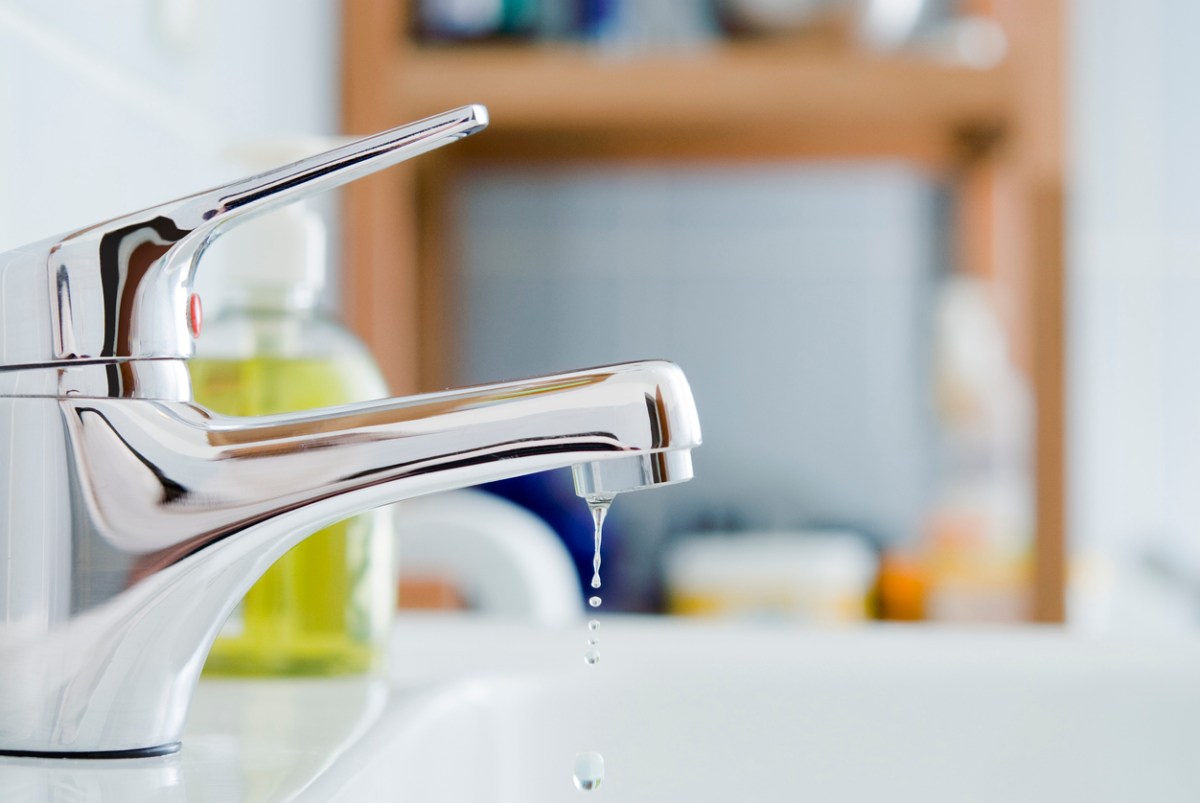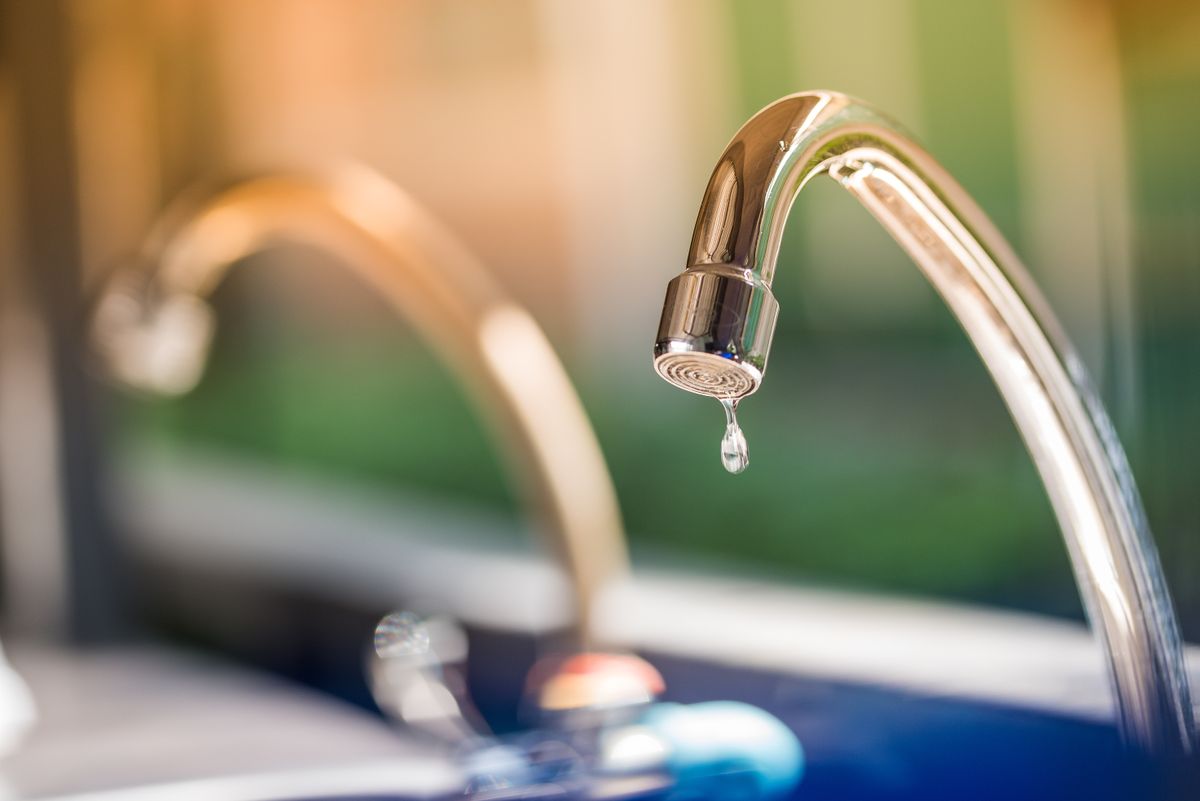On this page below you can locate a good deal of worthwhile additional info related to Water Dripping from Faucet: Why and How to Fix.

Trickling faucets may feel like a small hassle, however their influence goes beyond just the aggravation of the sound. From drainage to incurring unnecessary monetary expenses and wellness threats, overlooking a trickling tap can result in different consequences. In this short article, we'll delve into why it's essential to resolve this usual family problem immediately and efficiently.
Wastage of Water
Ecological Effect
Leaking faucets add substantially to water waste. According to the Epa (EPA), a single tap dripping at one drip per secondly can throw away more than 3,000 gallons of water each year. This not only stress water resources however also impacts communities and wild animals dependent on them.
Step-by-Step Overview to Fixing a Dripping Tap
Tools Required
Before trying to fix a leaking tap, gather the required tools, consisting of an adjustable wrench, screwdrivers, replacement components (such as washing machines or cartridges), and plumber's tape.
Common Faucet Issues and Their Solutions
Determine the kind of faucet and the certain concern creating the drip. Common problems include worn-out washers, corroded valve seats, or defective O-rings. Refer to maker directions or on-line tutorials for detailed support on fixings.
Financial Prices
Increased Water Costs
Past the ecological effect, leaking taps can pump up water expenses considerably. The built up waste in time converts right into higher energy expenditures, which might have been prevented with prompt repair work.
Prospective Home Damages
In addition, long term trickling can bring about harm to fixtures and surface areas bordering the tap. Water build-up can trigger staining, deterioration, and also architectural problems if left unattended, resulting in added fixing expenses.
Health Concerns
Mold And Mildew and Mildew Growth
The consistent existence of dampness from a leaking tap produces an optimal setting for mold and mold growth. These fungis not only endanger indoor air top quality but likewise position wellness threats, particularly for people with respiratory system conditions or allergic reactions.
Waterborne Conditions
Stagnant water in leaking taps can come to be a breeding ground for bacteria and various other virus, boosting the danger of waterborne conditions. Impurities such as Legionella germs flourish in stagnant water, possibly causing major illnesses when consumed or inhaled.
DIY vs. Specialist Repair work
Pros and Cons of Do It Yourself Repair
While some might try to fix a trickling faucet themselves, do it yourself repairs include their own set of obstacles. Without proper understanding and devices, DIY efforts can exacerbate the problem or bring about insufficient repairs, prolonging the issue.
Advantages of Hiring an Expert Plumber
Working with a professional plumber guarantees that the underlying root cause of the leaking tap is resolved effectively. Plumbings possess the experience and equipment to diagnose and repair faucet concerns successfully, saving time and decreasing the threat of additional damage.
Environmental Duty
Individual Payment to Preservation
Taking duty for repairing leaking taps straightens with wider efforts toward water preservation and ecological sustainability. Every individual's activities collectively make a significant influence on maintaining valuable sources.
Lasting Living Practices
By prioritizing punctual repairs and adopting water-saving behaviors, people contribute to lasting living practices that profit both existing and future generations.
Safety nets
Routine Maintenance Tips
To avoid dripping faucets, execute routine upkeep such as cleaning aerators, checking for leakages, and replacing damaged components without delay. Furthermore, take into consideration mounting water-saving devices or updating to extra efficient fixtures.
Value of Prompt Services
Addressing leaking faucets as soon as they're observed protects against more water wastage and potential damages, eventually conserving both water and cash over time.
Impact on Building Worth
Assumption of Well-Maintained Building
Keeping a residential or commercial property in good condition, including addressing upkeep problems like leaking taps, improves its viewed value and worth amongst potential buyers or lessees.
Influence on Resale Value
Properties with properly maintained plumbing components, including taps, command higher resale worths in the realty market. Resolving leaking faucets can contribute to a favorable perception throughout home inspections and settlements.
Verdict
Resolving a dripping tap exceeds plain convenience; it's a necessary action toward saving water, lowering financial expenses, and securing health and wellness and building. Whether through DIY repair work or expert support, acting to take care of leaking taps is a little yet impactful way to promote accountable stewardship of resources and contribute to a healthier, much more sustainable future.
How to Fix a Leaky Faucet: Step-by-Step Repair Guide
A leaky faucet may seem like a simple annoyance, but if it's not fixed promptly, that leak could cost hundreds to potentially thousands. From water damage to mold, mildew, and high water bills, even a tiny leak can be catastrophic if left unattended. Damage like this can even affect the overall value of your home, so it's important to take the right approach for leaky faucet repair. You may need the help of a plumber in some cases, but we've got a few tips you can try on how to fix a leaky faucet before calling the pros.
Four Faucet Types
When you're learning how to fix a leaky faucet, the first step is knowing what kind of faucet you're working with! There are four common types.
Cartridge Faucets
Cartridge faucets come in one- or two-handled varieties. In one-handled cartridge faucets, hot and cold water combines in a single cartridge. In the two-handled versions, hot and cold water are controlled separately and mixed in the faucet.
Ball Faucets
Ball faucets have a single lever you push up and down to adjust the pressure and rotate to change the temperature. A slotted metal ball controls the amount of water allowed into the spout.
Compression Washer Faucets
They're the oldest type of faucet, but they're still used in many homes — especially older ones. Compression faucets have two separate handles that, when turned, raise or lower the washer that seals a water valve. This valve stops water from flowing through the faucet when it is turned off.
Disc Faucets
Disc faucets rarely need to be repaired due to their maintenance-free design. The water flow is controlled by two discs — the upper one raises and lowers against a fixed lower disc, creating a watertight seal. If your disc faucet starts leaking, you may need to replace the seals or clean residue buildup from the inlets.
Fixing a Leaky Faucet
Step 1: Turn Off the Water
Whether you're learning how to fix a leaky bathtub faucet or how to fix a leaky kitchen faucet, always turn off the water supply to your working area when you're fixing a leak. The last thing you want is a flood added to your list of things to fix.
Look for the shutoff valves below your sink or around the tub and turn them clockwise to stop the water flow. If your faucet doesn't have shutoff valves, you may need to turn off the water for the whole house. Check to make sure it's off by turning the faucet on. If nothing comes out, you're ready to start the repair.
Step 2: Take Apart the Faucet
How you disassemble your faucet depends on the type of fixture you have. You can use a flathead screwdriver to remove the caps on top of the handle or handles for cartridge and compression faucets. Inside, you should see handle screws. Unscrew these with a screwdriver to remove the handle.
Disc- and ball-style faucets will typically have an inlet screw near the handle, and removing that will reveal the interior of the faucet.
Detach the Valve Stem
For cartridge- and compression-style faucets, you'll see the inner valve stem or cartridge once you remove the faucet handles. If you have a compression faucet, unscrew the brass valve stem. If you have a cartridge faucet, pull out the cartridge. If your cartridge has been in place for a while, it may require some tools or extra force to remove it due to mineral deposits.
Examine and Replace Parts
Once you've removed the parts, check them out to confirm what needs to be replaced. You may see corroded rubber washers, O-rings, stems, or cartridges. On a ball-style faucet, check the seats and springs for damage.
If you need to repair a leaky disc faucet, check the inlet and seals on the lower disc.
Once you determine what parts must be replaced, visit your local hardware store. Bring the damaged parts with you to ensure you can purchase the correct components to replace them.
Clean Valves and Faucet Cavity
If you've removed a stem or cartridge, you may notice mineral buildup in the faucet's threads. Use white vinegar to clean the valve seat by soaking it for a few minutes, then scrub it away with a soft toothbrush and rinse with warm water. You can also clean the interior of the faucet in the same way.
Reassemble the Faucet
Once your faucet is cleaned and the required parts have been replaced, it's time to reassemble it. Put the pieces back together and slowly turn the water supply back on. Doing this slowly is crucial because too much initial water pressure can damage the new hardware you've just installed.
https://homewarranty.firstam.com/blog/how-to-fix-leaky-faucet

We hope you liked our article about Why Is It Important To Fix Your Leaking Tap/Faucet?. Thank you so much for taking time to read our article. Feel free to set aside a second to share this post if you appreciated it. I recognize the value of your readership.